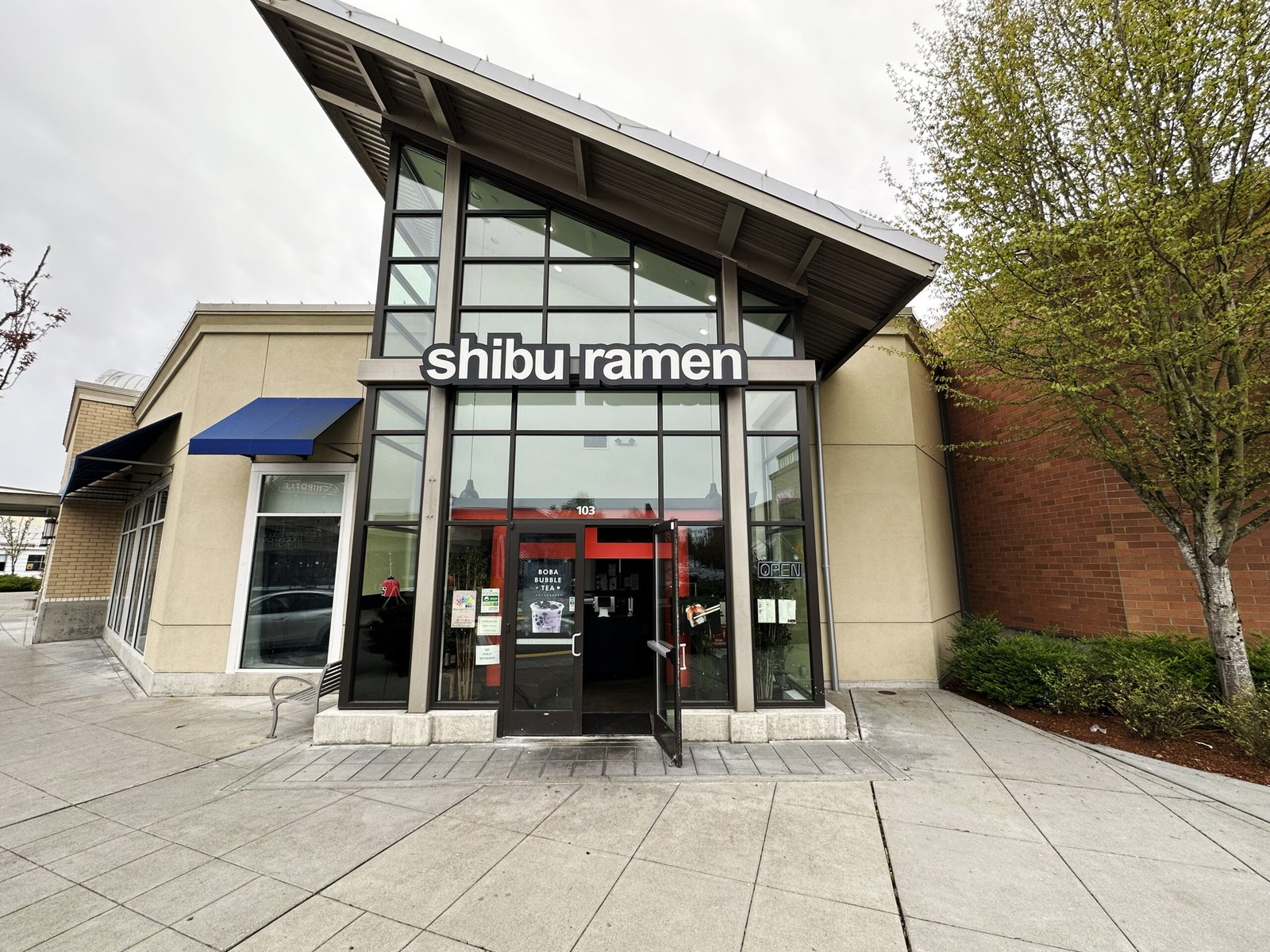Ramen, a beloved Japanese dish that has captured the hearts and taste buds of people worldwide, has a rich history dating back over a century. From its humble beginnings to its status as a global culinary phenomenon, ramen’s journey is as fascinating as the flavors it delivers. Let’s take a delicious dive into the history and health benefits of this iconic dish.
Origins and Evolution:
Ramen’s roots can be traced back to China, where it was introduced as “la-mian” or hand-pulled noodles. However, it wasn’t until the early 20th century that ramen found its way to Japan, undergoing a remarkable transformation to become the beloved dish we know today. Initially a simple combination of noodles, broth, and toppings, ramen evolved into a diverse culinary art form with regional variations across Japan.
Health Benefits:
While ramen is often considered a comfort food, it also offers several surprising health benefits when prepared thoughtfully. Here are a few reasons why a bowl of ramen can be a nourishing choice:
- Balanced Nutrients: Ramen typically consists of four main components: broth, noodles, proteins, and vegetables. The broth, often simmered for hours, extracts essential nutrients from bones and ingredients, creating a flavorful base. When combined with protein-rich toppings like succulent pork or tender chicken, as well as a variety of fresh vegetables, ramen provides a well-rounded meal.
- Rejuvenating Broth: The broth is the heart and soul of ramen, and different types offer unique health benefits. For example, miso-based broths contain probiotics that promote gut health, while soy sauce-based broths provide a good source of amino acids. Tonkotsu broth, made from pork bones, is rich in collagen, which can support skin health and joint function.
- Energy-Boosting Carbohydrates: Ramen noodles, typically made from wheat flour, provide a substantial source of carbohydrates. These complex carbs release energy slowly, promoting a sustained feeling of fullness and preventing blood sugar spikes.
- Customizability: One of the wonderful aspects of ramen is its versatility. It can be customized to fit different dietary needs and preferences. Whether you opt for vegetarian or gluten-free options or adjust the toppings to suit your taste, ramen allows for personalization while still offering a delicious and nourishing meal.



